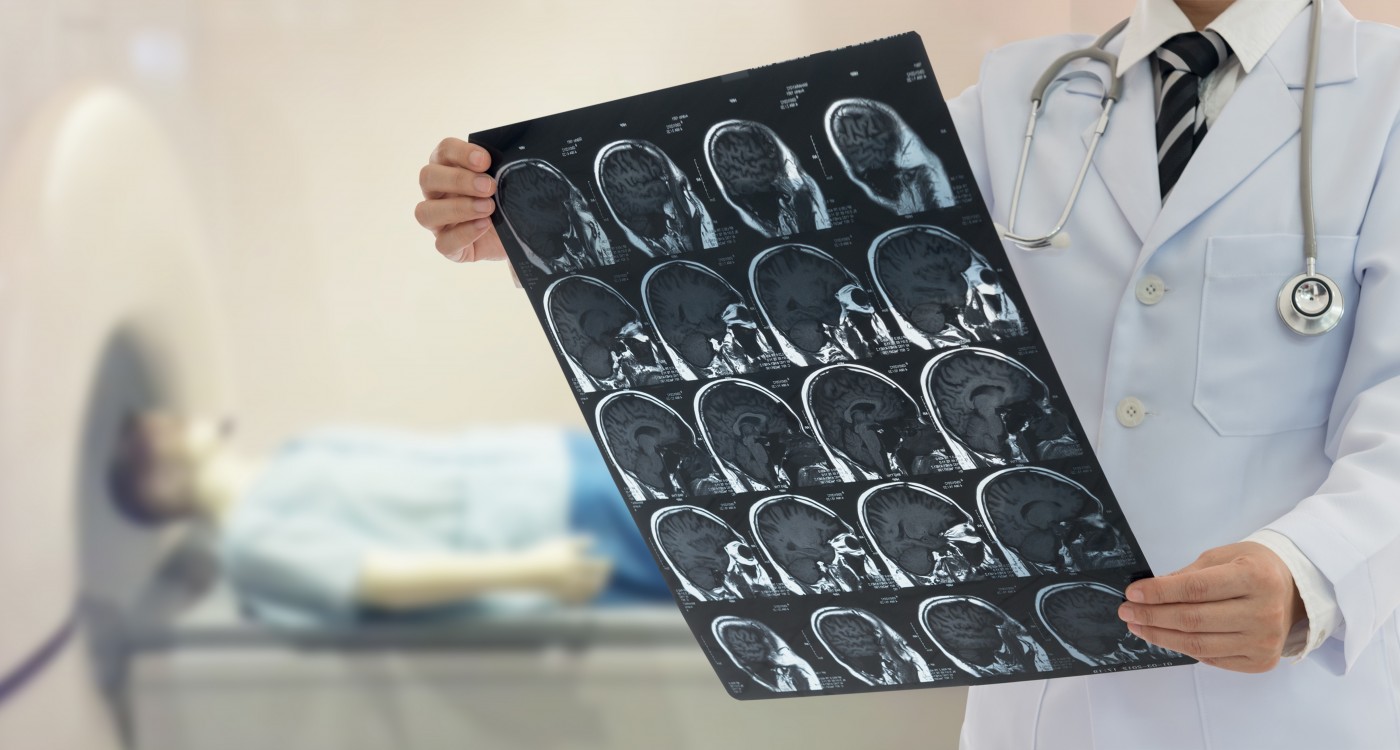Bulbar-Onset Patients Found to Have Widespread Brain Tissue Loss

Cognitively healthy amyotrophic lateral sclerosis (ALS) patients have brain damage that mirrors their subtype of the disease, researchers have learned, and patients with bulbar-onset ALS have more widespread brain tissue loss — a finding that could explain why the patients fare worse than others.
In their study, “Relationship between Clinical Parameters and Brain Structure in Sporadic Amyotrophic Lateral Sclerosis Patients According to Onset Type: A Voxel-Based Morphometric Study,” researchers suggest that the method used to assess brain damage may be a valuable tool for predicting the disease’s progression and prognosis. The work was published in the journal PLOS ONE.
Researchers at Hanyang University in Korea recruited 62 ALS patients, 48 with limb-onset symptoms and 14 with bulbar-onset. (In bulbar-onset ALS, patients first experience symptoms in the head and neck, including trouble speaking or swallowing.) The study included 57 healthy controls.
A brain imaging method called voxel-based morphometry was used to measure the volume of various brain regions. The team also assessed the patients’ ALS Functional Rating Scale-Revised (ALSFRS-R) scores, disease duration, and forced vital capacity.
All the patients had extensive tissue loss compared to the controls, but a comparison of the patient groups revealed significant differences. In limb-onset ALS patients, brain damage was mainly observed in regions linked to movement. Bulbar-onset patients had more widespread brain damage in gray and white matter regions, despite the fact that they had been ill for less time. Tissue loss in movement-related brain areas also was more extensive in bulbar-onset patients.
In the bulbar-onset group, the damage in the gray matter was associated with ALSFRS-R scores, and the forced vital capacity was linked to damage in deeper brain structures.
The findings support earlier studies and clinical observations that bulbar-onset patients have a more aggressive disease.
“VBM analysis of gray and white matter atrophy in ALS can provide a basis for predicting ALS progression and prognosis,” the team wrote.






